Emotions, Feelings and Healthy Choices: Coaching for Greater Wellness

One of the first things we learn about in the fields of Wellness & Health Promotion and Health & Wellness Coaching, is that our lifestyle choices are a primary determinant of our health and wellbeing. It seems straightforward that making the right or healthy choice is a rational process based upon having the best information. We often then address how challenging it is for a person to put that choice into practice by looking at their social support, environmental conditions, etc. Much of the focus for wellness coaching becomes helping our client to create a wellness plan based upon those healthy choices and implementing with support and accountability. Let’s stop and take a closer look at those decisions.
Anyone in the healthcare or wellness fields is keenly aware that clients don’t always opt for the best, or healthiest choice. They also often observe clients changing these choices for no apparent reason. One day our client is convinced to start working towards a largely plant-based diet, and on another day, they show little if any desire to do so. We can explore ambivalence, of course, but what is really going on in our client’s decision-making process?
Applying what we know about the role that emotions play in decision-making can be extremely useful to the wellness coach. Learning how to coach our client in this emotional realm is often critical to their success. (See my previous post: “The Great Utility of Coaching In The Emotional Realm”, https://wp.me/pUi2y-lA)
Emotions and Making Lifestyle Choices
Making lifestyle choices are like any other decision-making process – they are more complex than it seems at first. Understanding how our emotional bias fits into this process may help coaches to be less perplexed by some of the self-defeating lifestyle choices we see that our clients have made and continue to make.
Emotions are a heavily researched area of psychology and it is easy to get lost in its vast literature. In an especially succinct article, Executive Coach Svetlana Whitener synthesizes the work of several key researchers and conveys a useful paradigm to coaches to learn from. (“How Your Emotions Influence Your Decisions”, https://www.forbes.com/sites/forbescoachescouncil/2018/05/09/how-your-emotions-influence-your-decisions/#5eece5313fda)
Emotions emerge as a response to external stimuli, or the recollection of it, or the imagining of it. “That stimulus generates an unfelt emotion in the brain, which causes the body to produce responsive hormones. These hormones enter the bloodstream and create feelings, sometimes negative and sometimes positive… So, to review, it’s stimuli, then emotions, then hormones and, finally, feelings. In other words, your emotions impact your decision-making process by creating certain feelings.” (Whitener, 2018)
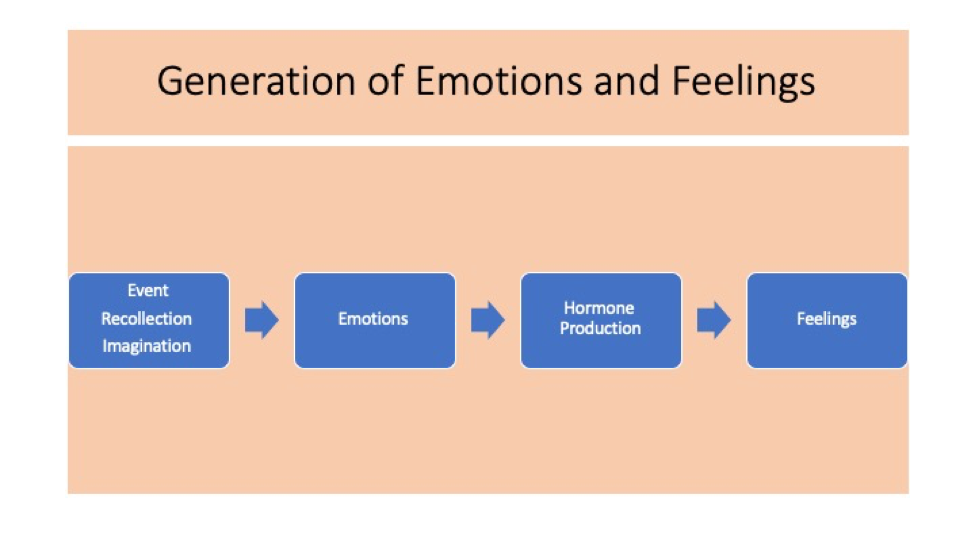
How we interpret or frame those feelings and how we respond to them results in our choices executed in our behavior.
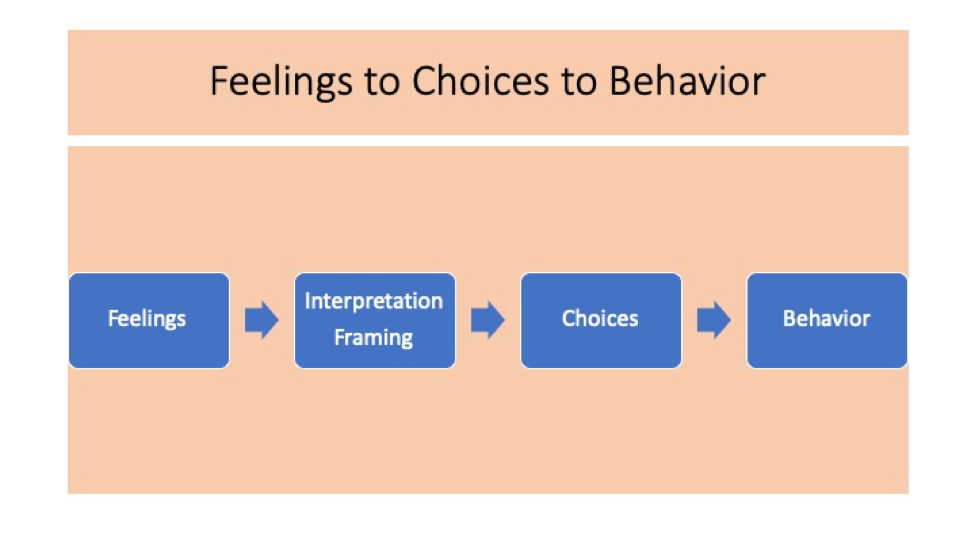
In this model it is not the emotions that we are aware of, it is the resultant feelings that we feel. When our clients contemplate making lifestyle changes, they often experience a variety of feelings. They may experience positive anticipation or dread. The memory of past failures may bring up the emotion of fear resulting in feelings of embarrassment, regret, shame or guilt. Likewise, a history of more pleasant experiences may lead to positive anticipation. What Stage of Change the client is in may be heavily influenced by the feelings they are experiencing.
Expand Your Emotional Vocabulary
Psychologist Paul Ekman’s research on emotions opened a huge doorway to understanding how people express themselves. A key from his work that can help the coach is to look at how (as in our model above) emotions generate feelings and how those feelings differentiate. Researcher Tiffany Watt Smith has listed 154 different worldwide emotions and feelings. (1). Studying Ekman’s Wheel of Emotions can help a coach to expand their own knowledge and use of emotional terminology. As you coach with your client you can explore more possibilities to help your client clarify exactly what they are feeling.
Ekman’s Wheel of Emotions
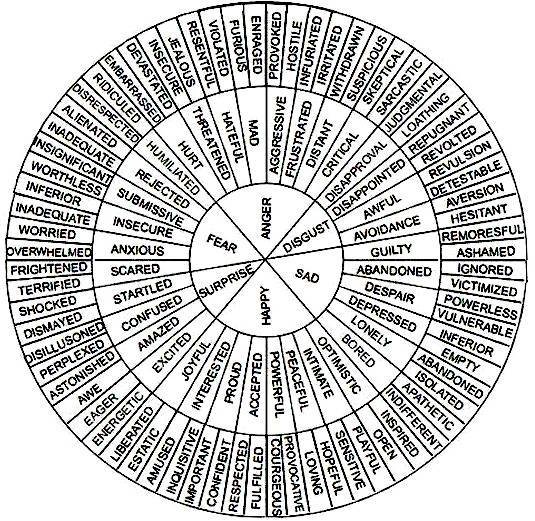
How The Coach Can Help: Coaching With Emotions and Feelings
1. Coaching Presence – Your coaching presence sends an ongoing message that either gives permission to explore feelings or denies it.
2. Notice – Be keenly observant of the emergence of feelings on the part of your client. Be continually scanning not just their words, but how they say them. Hear the changes in tone of voice, volume, rapidity, etc. Notice all of the nonverbal information you can gather.
3. Contact – Help you client to connect with their feelings. Use the Active Listening Skill of Reflection of Feelings. Share observations of patterns you see. “I’m noticing that each time you talk about taking time for self-care you begin speaking about your partner.”
4. Name it – Help you client to name their feelings. As we saw above emotions can generate a wide variety of feelings. Expand your own emotional vocabulary and help your client to drill down to what they are truly experiencing. “Well, it’s not really anger, it’s more like resentment.”
5. F.A.V.E. – First Acknowledge the client’s experience and what they have been through. Then Validate their feelings. It’s okay for them to feel the way they feel about it. (Regardless of how rational or appropriate their feelings may seem.). You absolutely must not judge their feelings. Most importantly Empathize. Show real empathy and compassion and put it into words.
6. Process – Help your client to explore and process their feelings. Allow them to expand and talk about them. Once the initial release has taken place, they will usually start to analyze what is going on for them, looking to make sense (and meaning) out of their feelings.
7. Insight – Is your client able now to gain some insight from what they have learned in this process?
8. Application/Integration – Are they able now to take their insights and turn them into action? Now you can coach your client on ways they can modify their behavior or create experiments in their lives to improve their lifestyle.
Note – If you find that you are answering the questions in items 7 & 8 with the negative, your client may benefit more from counseling instead of (or in addition to) coaching. That is, if they just continue to process feelings, and process feelings without it leading to insight, or if they are unable to put their insights into action, and instead return to processing feelings (and emoting), then begin to explore the alternative of counseling. See my blog on this topic – Coaching a Client Through To A Mental Health Referral Using The Stages of Change (https://wp.me/pUi2y-lp).
A wellness coach may think that it is their job to get their client to make the right lifestyle choices. When coaching deteriorates into convincing or persuading, we are stepping away from the coaching process. We can certainly warn our clients about misinformation they may have about fad diets, or unproven remedies, etc. However, effective coaches honor their client’s autonomy. The reality is that after a coaching session, our clients will go on living their lives doing what they choose to do despite our urging. Trust the coaching process. Help your client to factor in their emotions in a more conscious way so that the lifestyle choices they make are working for them instead of against them.
References
(1) Tiffany Watt Smith. "The Book of Human Emotions: An Encyclopedia of Feeling from Anger to Wanderlust" (PDF). Anarchiveforemotions.com. Retrieved 2017-05-28.
(2) Ekman, Paul (1999), "Basic Emotions", in Dalgleish, T; Power, M (eds.), Handbook of Cognition and Emotion (PDF), Sussex, UK: John Wiley & Sons.

Michael Arloski, Ph.D., PCC, NBC-HWC, is a psychologist, professional coach, author, trainer/educator and CEO and Founder of Real Balance Global Wellness. Follow his blog at https://realbalancewellness.wordpress.com, and his presence on Facebook (https://www.facebook.com/michael.d.773), Twitter https://twitter.com/DrMArloski) and LinkedIn (https://www.linkedin.com/in/realbalance/).


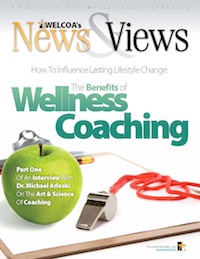
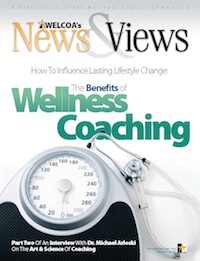

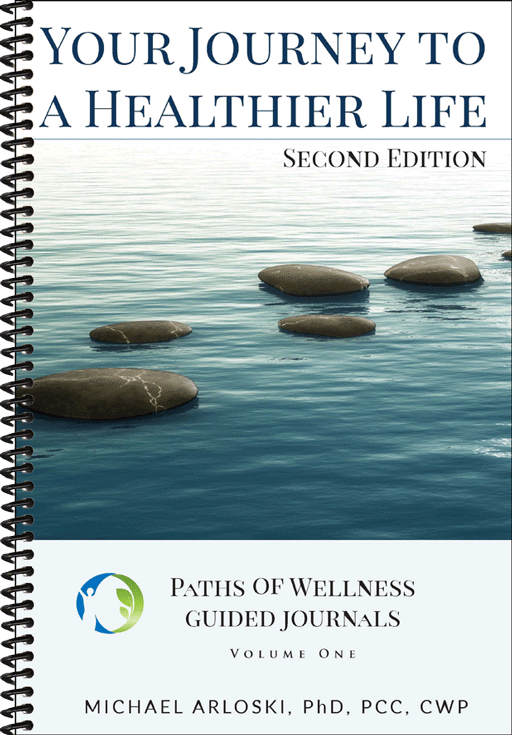
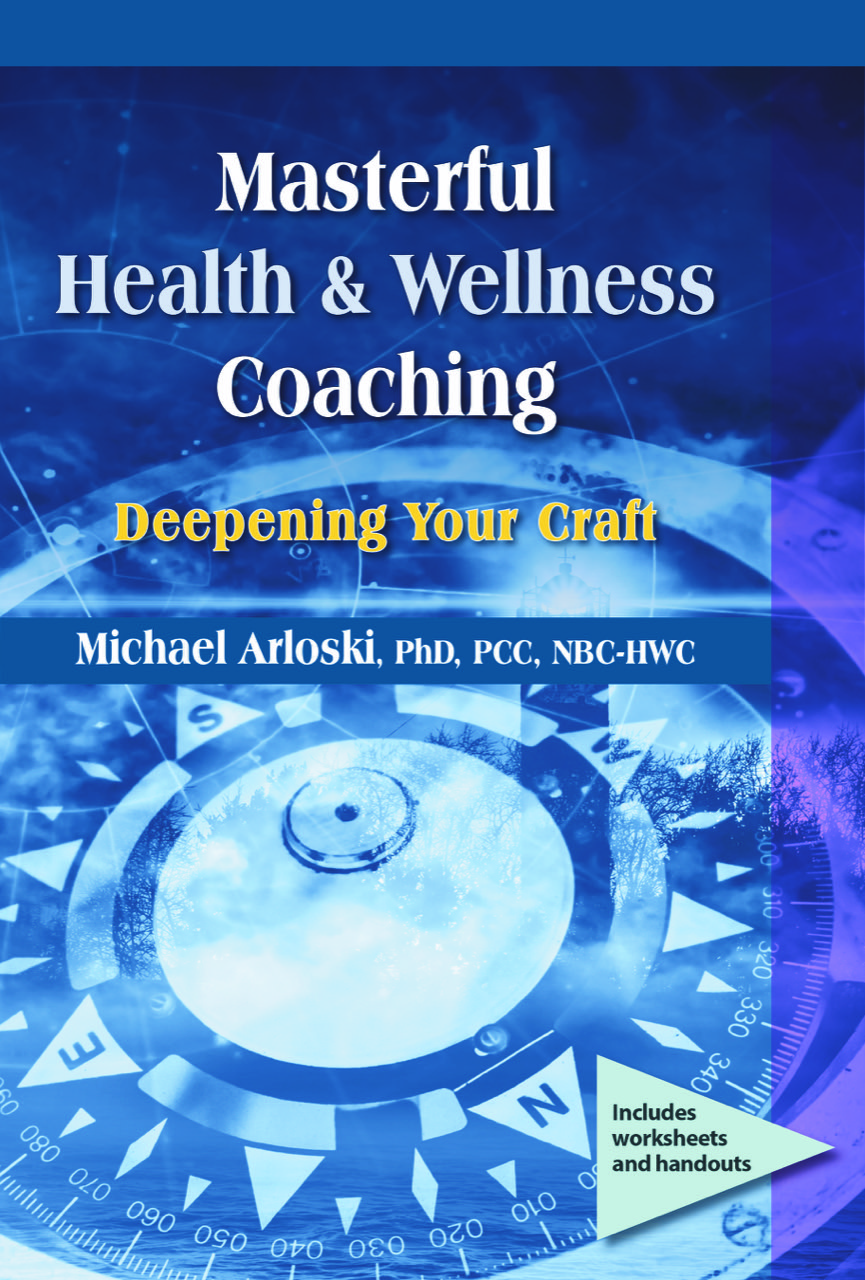

Only registered and logged in readers can leave comments.